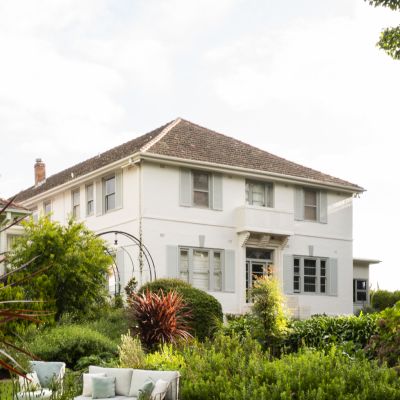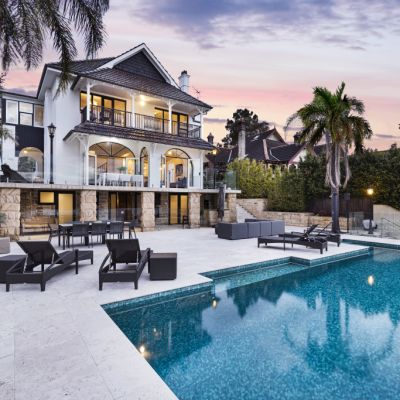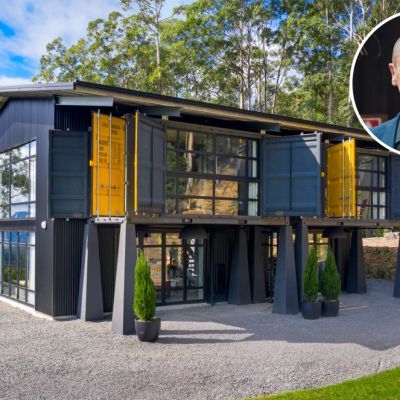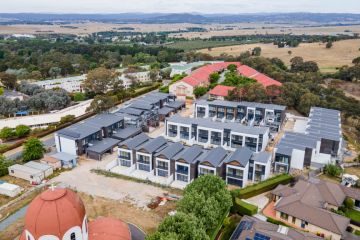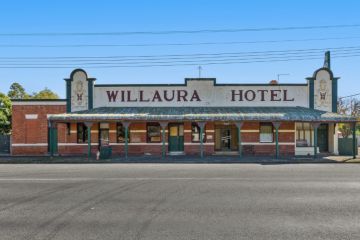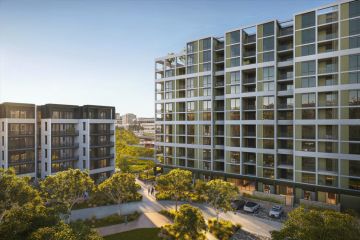'Swinging ’60s' modernist transformed by famed architect Harry Siedler
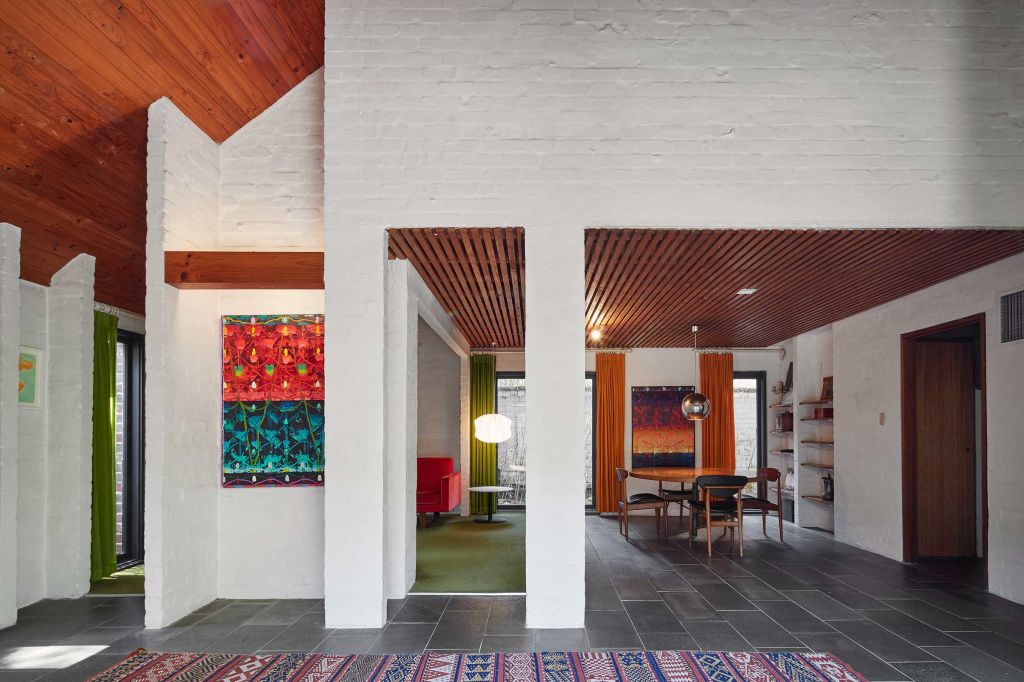
It’s not every day that arguably Australia’s most prominent modernist architect agrees to take on an extension of a modest, late-1960s suburban home with a standalone studio, swaddled in bushland.
It helped that the then-owner of this two-storey Kalang Avenue property in Killara, on Sydney’s well-heeled upper north shore, was a friend and neighbour of the esteemed Harry Seidler and his wife, Penelope, who designed and built their first family house – the Seidler House – three doors up in 1967.
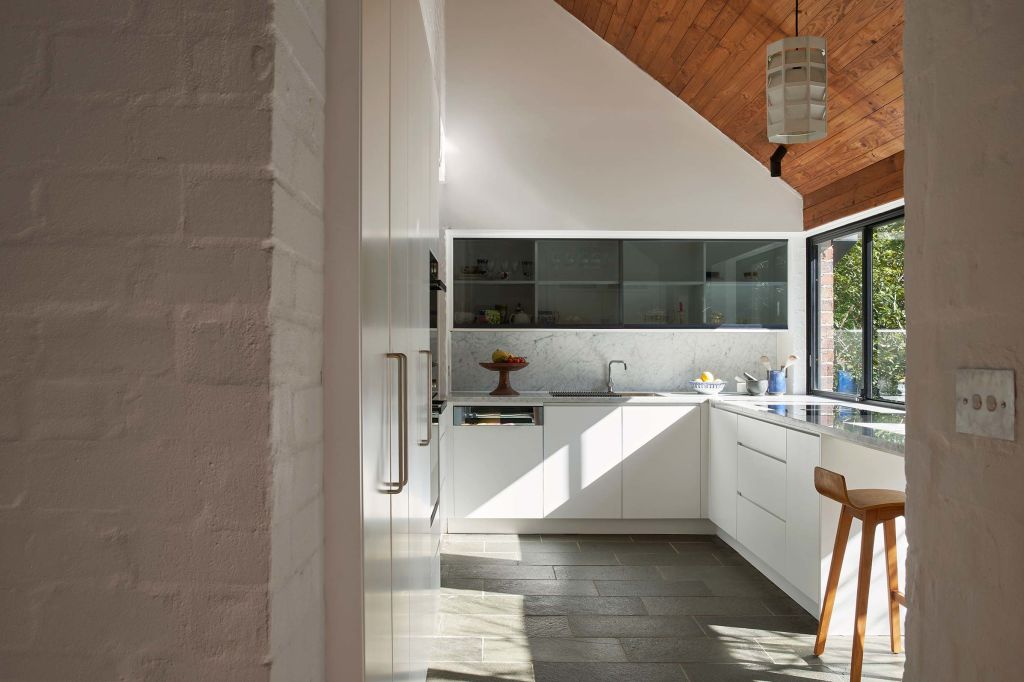
Completed in 1987, Seidler’s alterations and additions to Kalang House significantly transformed the existing premises, originally designed by Sydney architect Brian Griffin 20 years earlier.
The unheralded Seidler project added a kitchen, bathroom and laundry downstairs, as well as a joyously spacious living room opening to a covered terrace. Upstairs, two bedrooms, a walk-in wardrobe and two bathrooms expanded on an existing bedroom.
Griffin’s own modernist design seemingly took its cues from Latin-Mesoamerican and Japanese architecture, particularly his generous use of timber, the bagged blade walls and the steeply pitched roof.
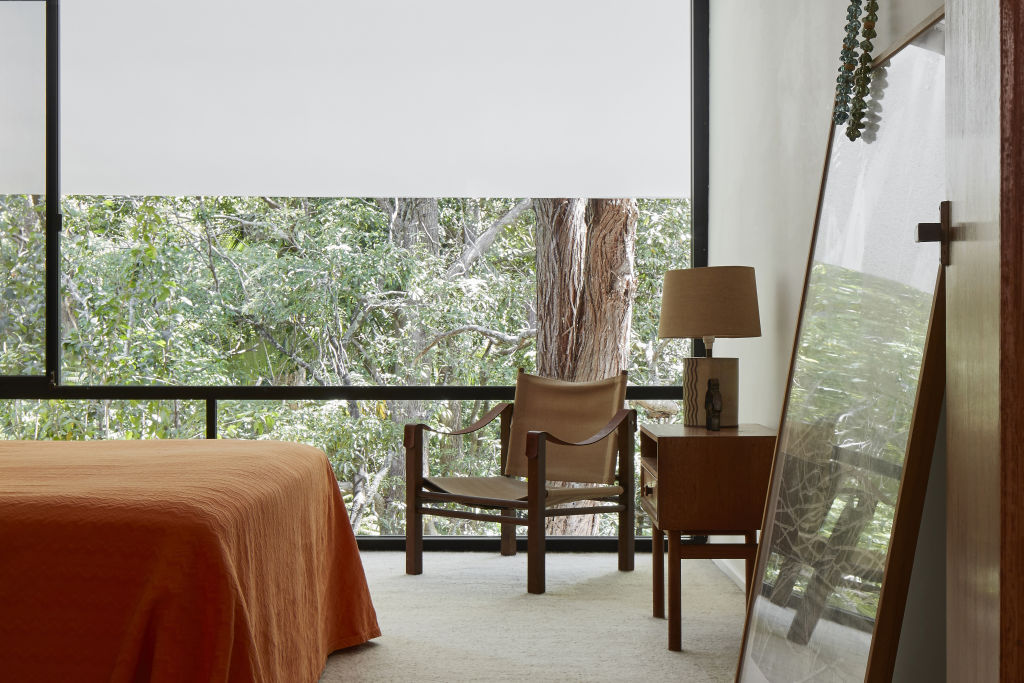
The dark roof tiles and black woodwork, in particular, remind one of a Japanese temple, while the raked timber ceiling speaks more of an alpine ski chalet; and the self-contained studio, separated by a slate courtyard and lily pond, a Japanese tea pavilion.
But enter the building and the look and feel is unmistakably Seidler. The black-framed windows, Norwegian Alta quartzite floor tiles and considered use of stone were all the signature styles of Seidler.
“It’s typically a tight material palette,” says Modern House director Marcus Lloyd-Jones.
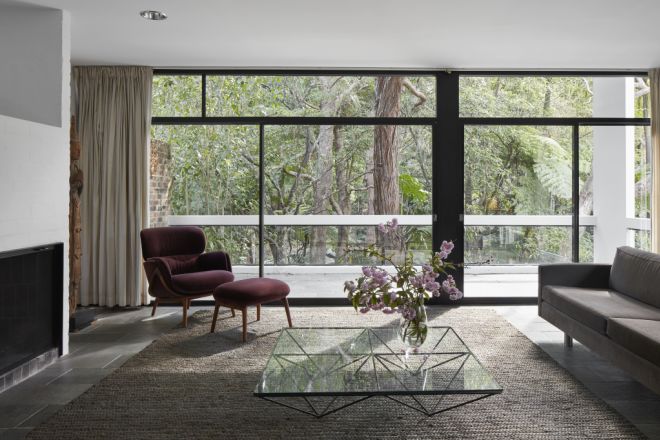
The curved fireplace with conical flue, wall-hung Paul Kafka cabinetry, circular dining table pole-fixed to the floor, and triple-height cantilevered balcony whisper Seidler’s name.
Yet, it isn’t obvious the house is two architects’ work. Seidler’s sought to unify by using black-framed windows throughout, and monochrome floor tiles the length of the ground floor.
“You don’t walk in and feel like it’s a collage of two houses,” say the current owners, who bought the property six years ago.
“Harry brought unity and a kind of majesty to what must originally have been an artistic, almost eccentric, swinging ’60s house.”
“Seidler had a lot of respect for the original architect’s design,” Lloyd-Jones adds.
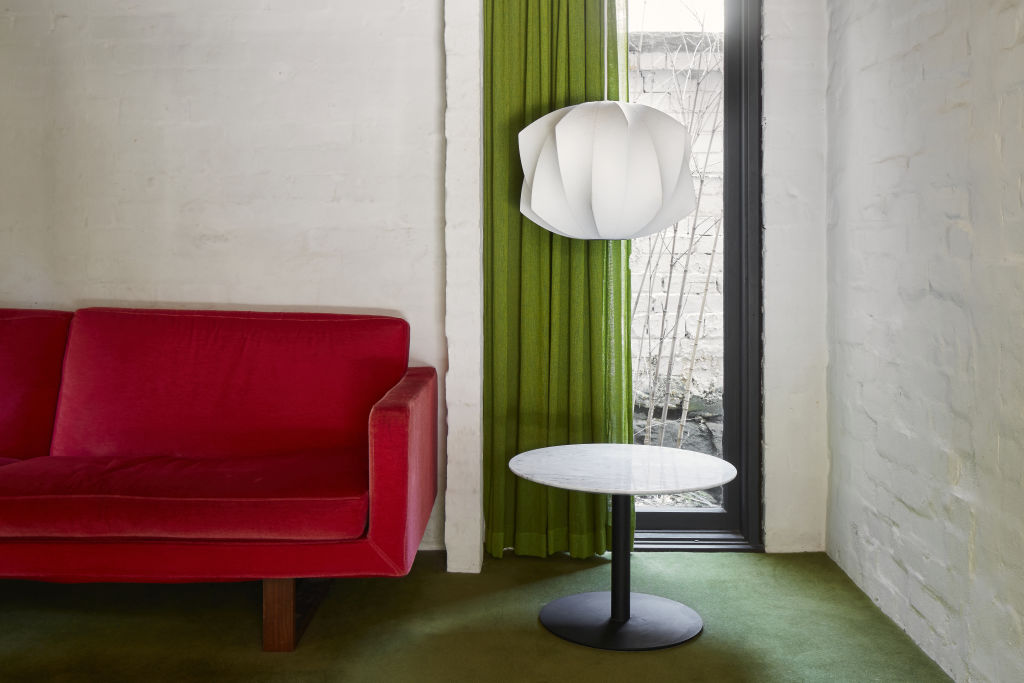
But Seidler’s aesthetic goes beyond his use of bold materials. The house comes together through scale, proportion and utility as well as an intelligent flow of space and light. An inch isn’t wasted.
“It’s full of intimacy and thoughtful spaces that encourage you to be more creative,” say the owners, pointing out that the house also lends itself to an art collection. “Great houses turn people into something else,” they add. “Seidler lifts your game.”
The house reaches outward to a manicured English-style garden and untamed bush, falling away to a gully, such that the terrace seems to float above the greenery and the upper-floor bedrooms feel like treehouse living.
In spite of Seidler’s big-name presence, the owners stress the house doesn’t prescribe how to live in his reflected brilliance. It advocates the opposite, they argue: “It’s like opening a big blank sketchbook and painting your self-portrait.”
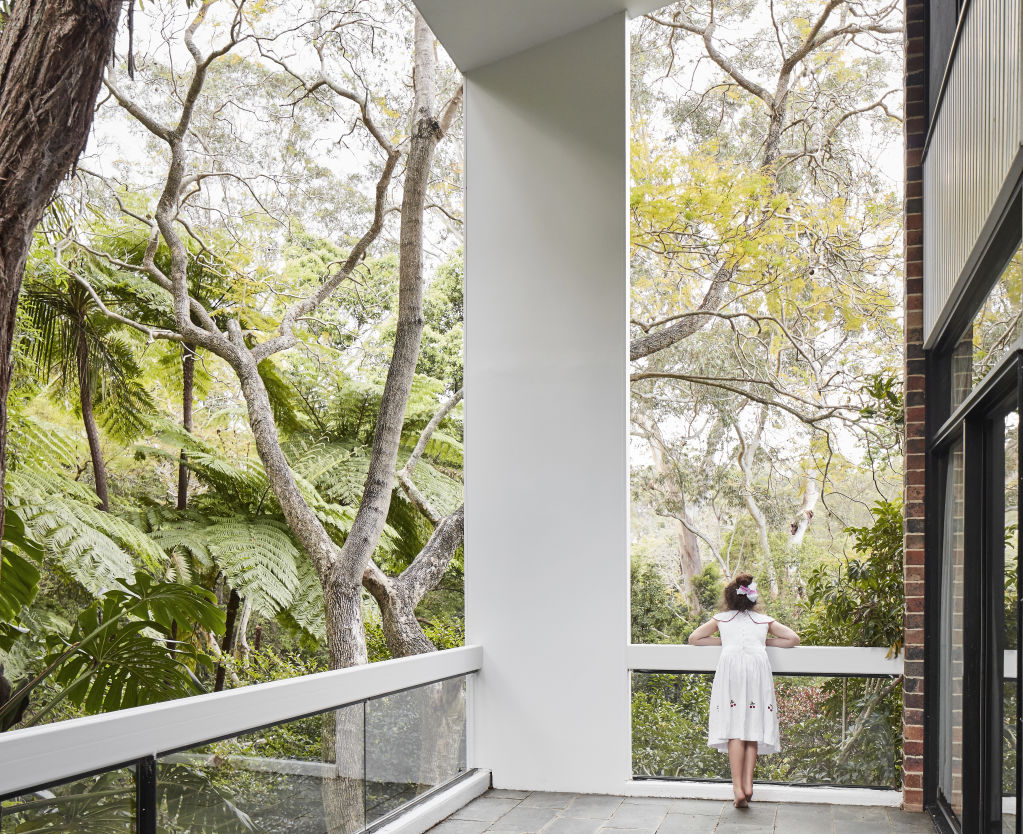
The owners have also added their own light touch to future-proof the property, giving it a sympathetic refresh, where needed; updating bathrooms and kitchen with a late mid-century touch-up, in particular.
“We don’t want new owners to live in a time capsule and we certainly haven’t,” they say.
At the same time, the owners aren’t in any rush to sell. They want to be sure they are handing the property to buyers who are respectful of Seidler and will cherish the place. “They have to be custodians,” one says. “We don’t see ourselves as owners, [but] as custodians. I don’t care how pretentious that sounds.”
We recommend
States
Capital Cities
Capital Cities - Rentals
Popular Areas
Allhomes
More
- © 2025, CoStar Group Inc.
